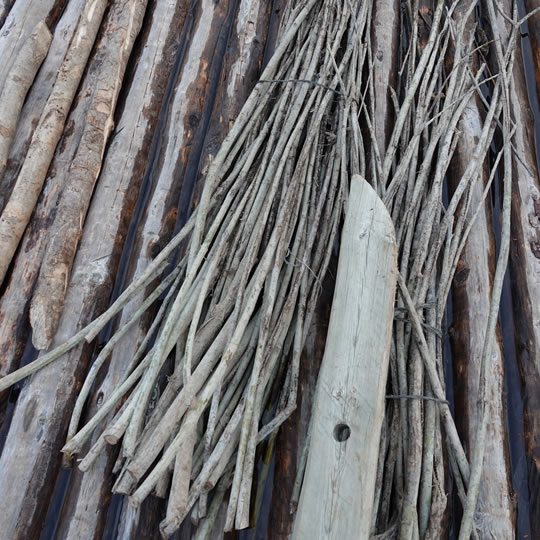This extensive tradition that has been handed down from generation to generation has forged a community specialising in the techniques of manufacturing and navigating wooden rafts. Rafters use a specific vocabulary and their rafts can measure up to 600 metres in length.This practice is an example of social cohesion and the sustainable use of resources like wood. In Spain, it is most commonly seen in the regions of Aragon, Castile-La Mancha, Catalonia, Navarre and the Region of Valencia. In fact, several festivals celebrate this tradition, including Fiesta de la Maderada in Cofrentes (Valencia), the Maerà de Antella (Valencia), the Día de la Almadía in Burgui (Navarra), the Diada de los Raiers (in Lleida) or the Fiestas de los Gancheros in Cuenca and Guadalajara.








